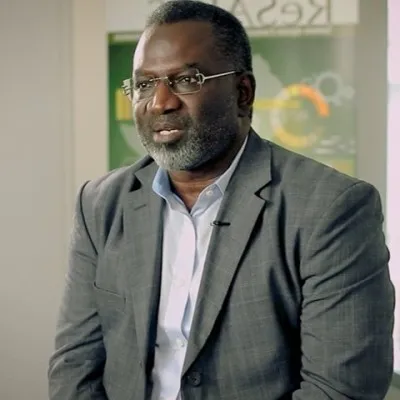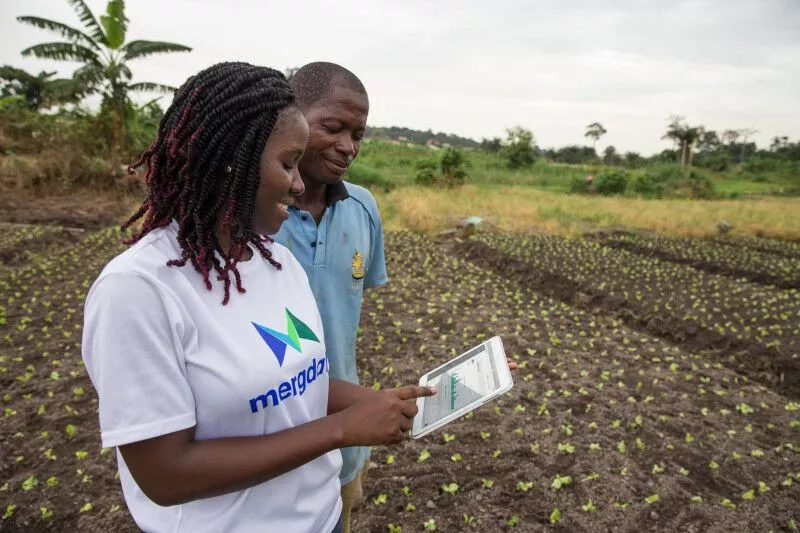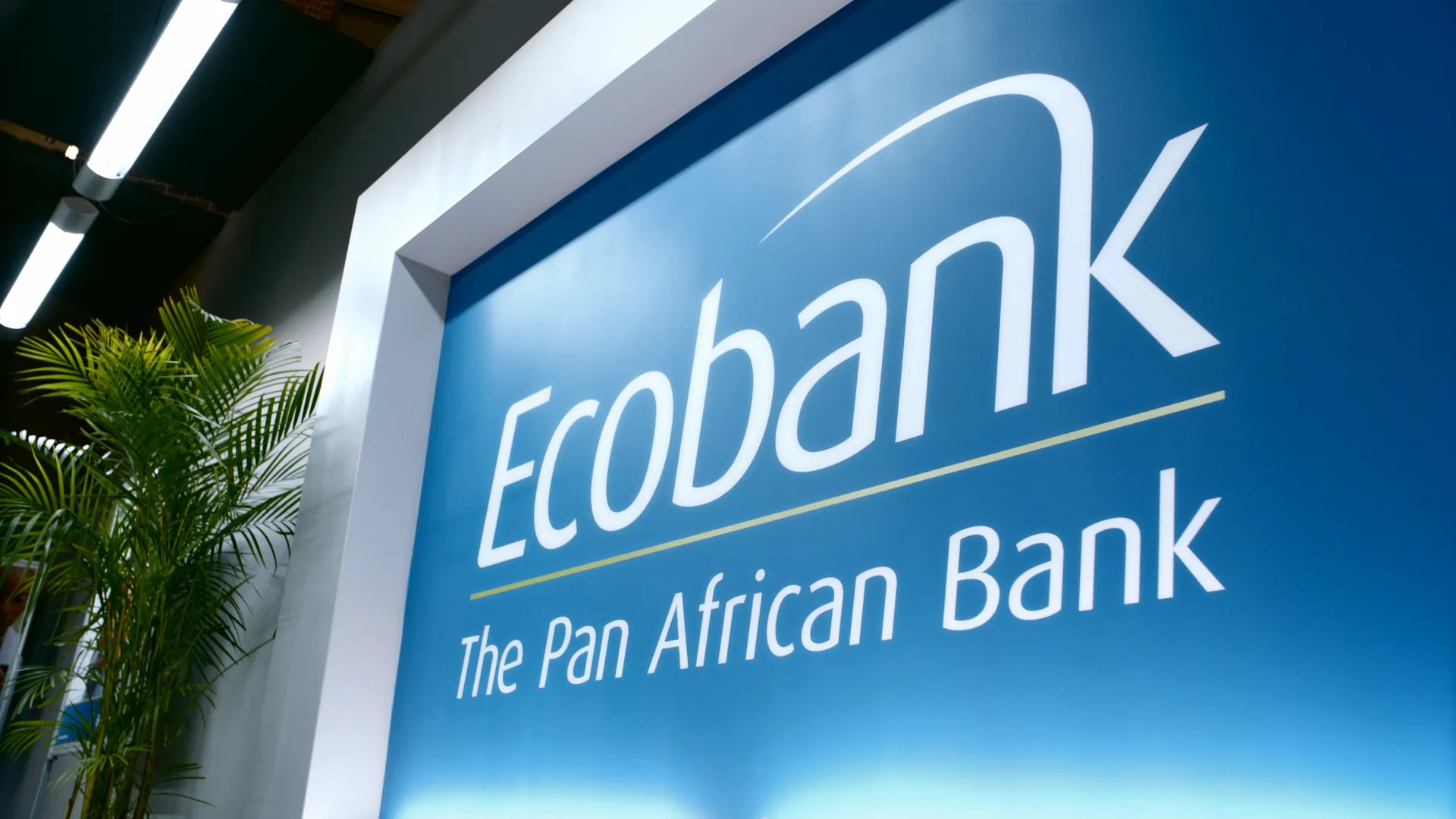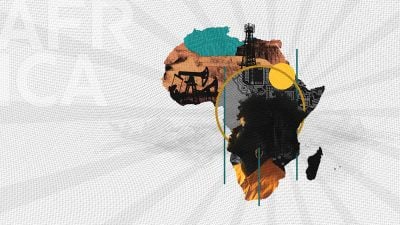From automated tractors, temperature and moisture sensors, all the way to aerial imagery and drones, farmers in most advanced agricultural systems are in an increasingly digital world, with a range of vital data available at the touch of a button.
Yet, despite increasing threats such as climate change and the spread of new pests and diseases, farmers in Africa continue to have limited access to data. Often they still rely on information passed down from the previous generation or fellow farmers to inform what to grow and how.
While it is valuable, this word-of-mouth knowledge sharing cannot keep up with the accelerating world of threats that farmers face today – from the supply chain shocks that emerged from the COVID-19 pandemic and Russia’s invasion of Ukraine to the many invasive alien species that cost Africa’s agricultural sector an estimated $65 billion a year.
In the face of these challenges, Africa’s farmers need greater access to vital information and tools to help them respond to these threats promptly and effectively, while taking advantage of new opportunities that may emerge from ever-changing market conditions.
Thankfully, a data revolution is underway on the continent, driven by emerging technologies that promise to democratise access to data by removing the burdens of gathering and processing large datasets.
This major technological shift would ensure that those with the greatest need – namely, the smallholder farmers who make up at least 60% of Africa’s total population – are first in line to access and benefit from them.
For example, the Africa Agriculture Watch (AAgWa) web-based platform processes remotely-sensed data through satellite images and applies machine learning techniques to predict agricultural production. Based on its Africa Crop Production (AfCP) model, AAgWa provides regular crop production forecasts for nine crops across 47 African countries, mainly those essential for smallholder livelihoods. AAgWa forecasts cover beans, cassava, maize, millet, rice, groundnut, sorghum, wheat, and yam.
Cutting-edge agri-tech
Using a combination of remotely-sensed biophysical parameters retrieved from satellite images, historical production maps, and machine learning techniques, AAgWa’s ambition is to help farmers and policymakers track crop growing conditions and make better decisions for improved outcomes.
Elsewhere, advances in machine learning techniques are also supporting Africa’s farmers in more effectively identifying and addressing harmful crop pests and diseases, which are becoming more frequent with the acceleration of climate change.
For instance, the Fall Armyworm (FAW) pest, first detected in Africa in 2016, is reported to cause yield losses for African farmers in excess of $9 billion a year. An app developed using Google’s open-source machine learning platform TensorFlow equips farmers with unprecedented access to real-time diagnoses of FAW infestation and guidance on preventing its spread through pesticides and other treatments.
Efforts are underway to train AI to diagnose various other crop diseases, ultimately providing more democratic access to important data on crop maladies.
Scientists from the Alliance of Bioversity International / International Center for Tropical Agriculture, for example, have developed an AI-powered smartphone app called Tumaini, which can identify and differentiate symptoms of six banana diseases.
The app also provides early warnings of ongoing disease spread directly into farmers’ hands, sourcing information from a range of high-tech drone and satellite image analysis.
Tested across countries in sub-Saharan Africa and Latin America, the app is reported to have demonstrated a 90% success rate in detecting pests and diseases and is now used by more than 3000 banana farmers in the field, building the resilience of their harvest and the income this provides.

Ultimately, in a discipline like agriculture, where innumerable threats to production and yields can arise at any moment, data is a farmer’s best friend.
Widening access to cutting-edge technologies is particularly timely for Africa’s farmers, given that countries across the continent count among the most vulnerable to climate change, with many smallholder farmers on the frontlines of this global crisis.
Now, harnessing the power of emerging predictive tools promises to not only build unprecedented access to agricultural data on the continent – from production levels to the identification of pests and diseases – but will also help farmers get ahead of potential shocks.
There’s a famous saying, “You can’t manage what you can’t measure.” Even further, “You can’t be prepared for what you can’t foresee.” As Africa’s farmers tackle the challenge of climate change, a solid bedrock of data – powered by innovative technologies – will prove a most invaluable ally.
AKADEMIYA2063 is a non-profit research organisation that provides data, policy analysis, and capacity-strengthening support to African countries.
Want to continue reading? Subscribe today.
You've read all your free articles for this month! Subscribe now to enjoy full access to our content.
Digital Monthly
£8.00 / month
Receive full unlimited access to our articles, opinions, podcasts and more.
Digital Yearly
£70.00 / year
Our best value offer - save £26 and gain access to all of our digital content for an entire year!

 Sign in with Google
Sign in with Google 



